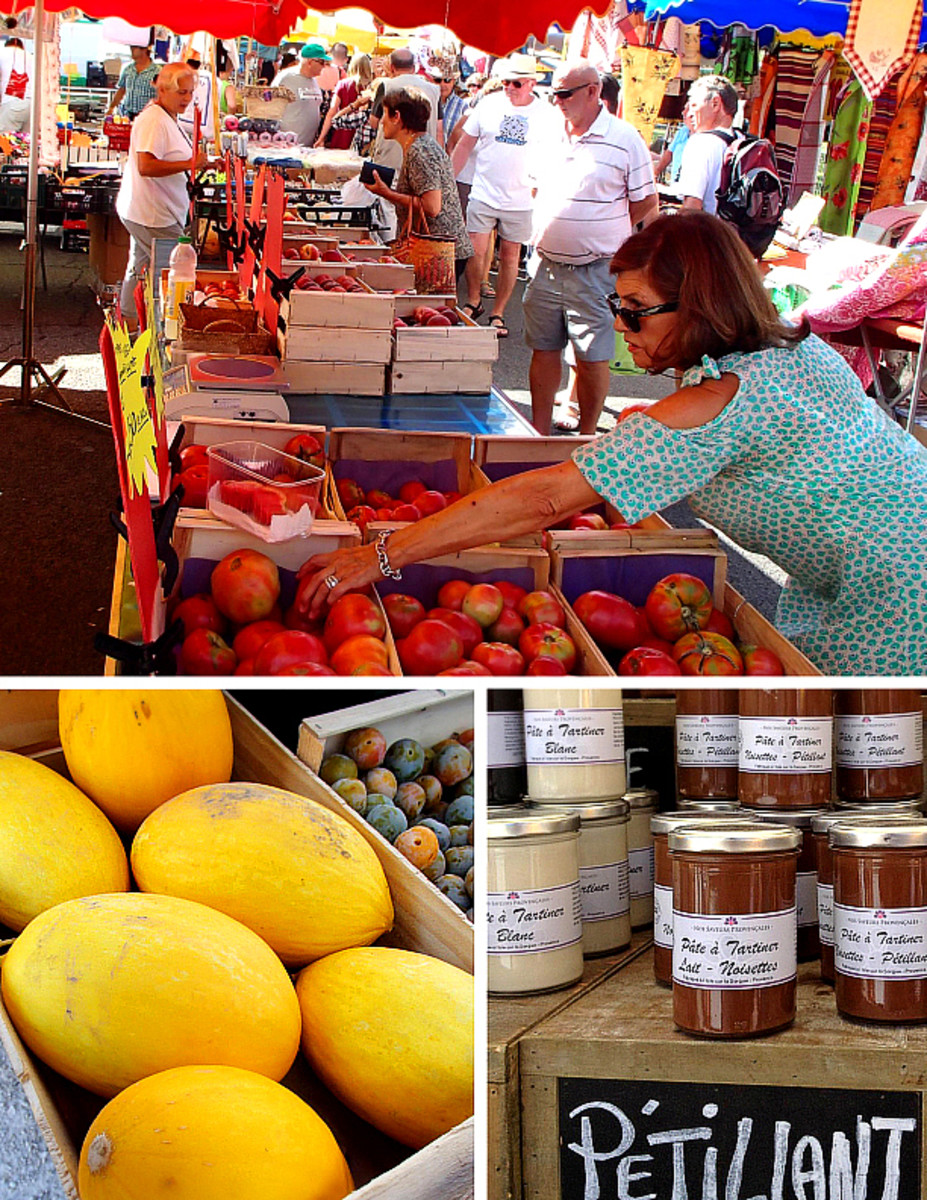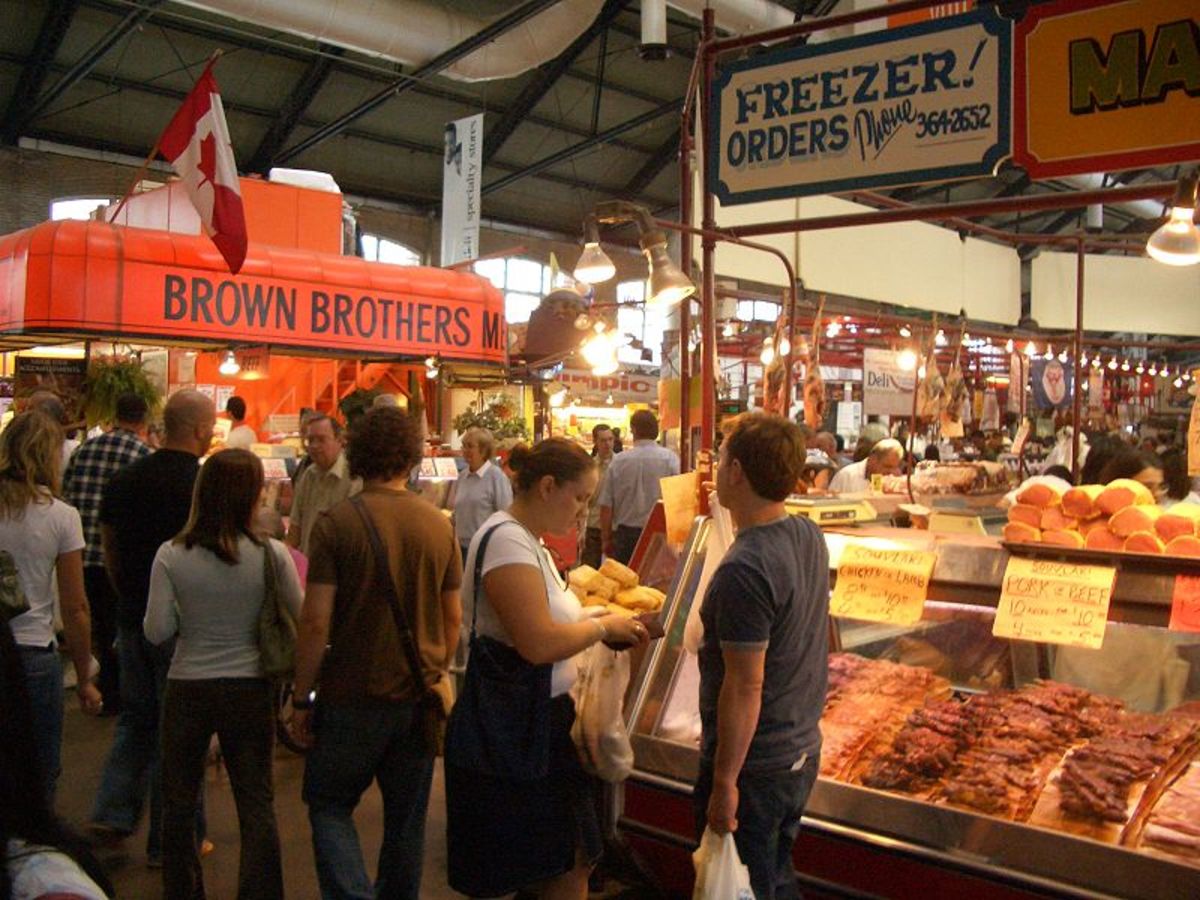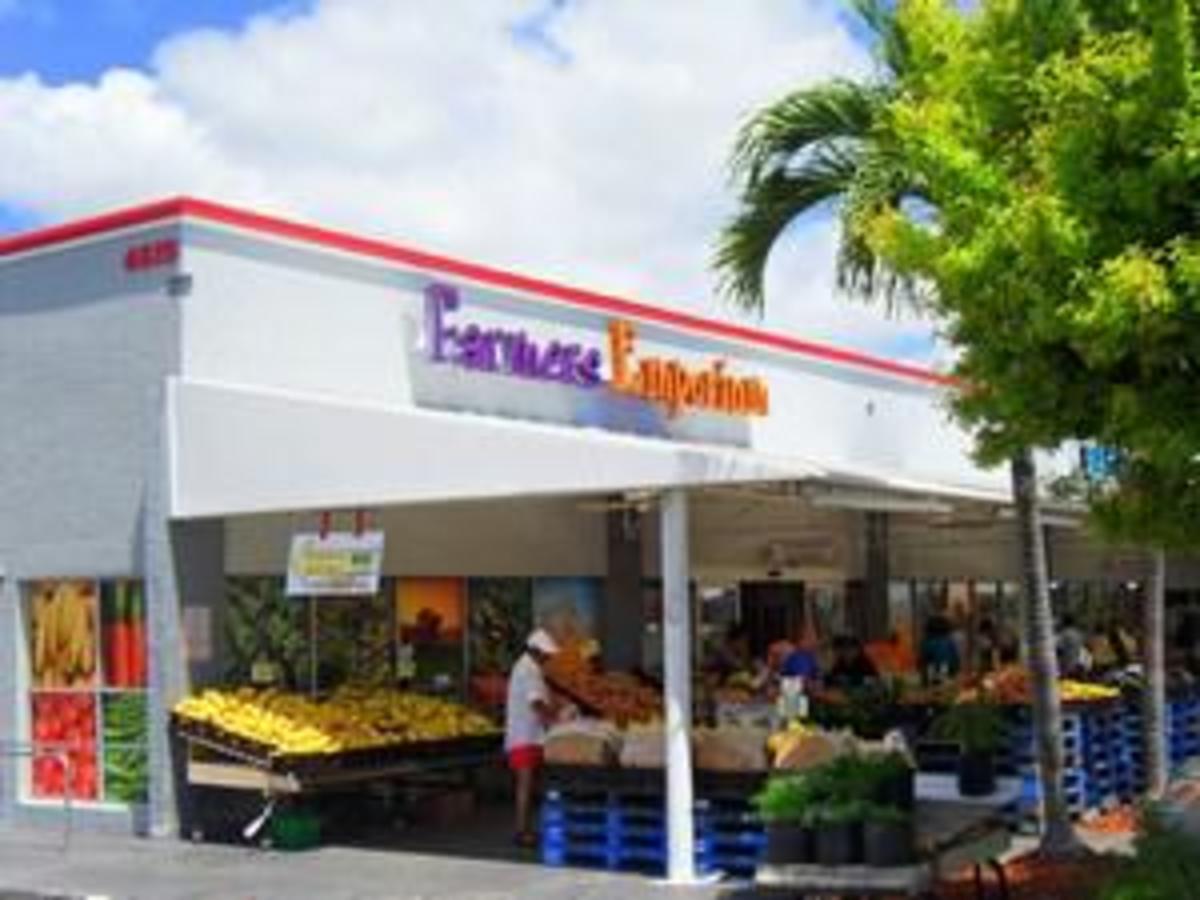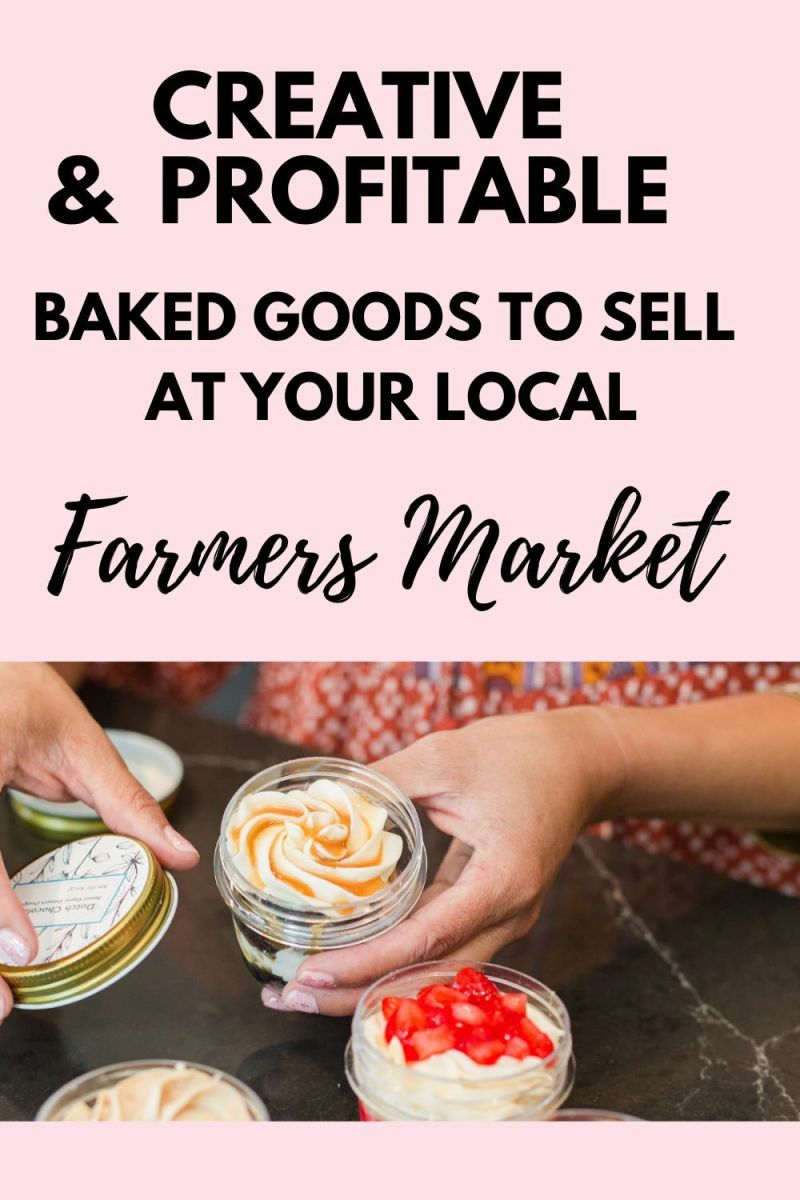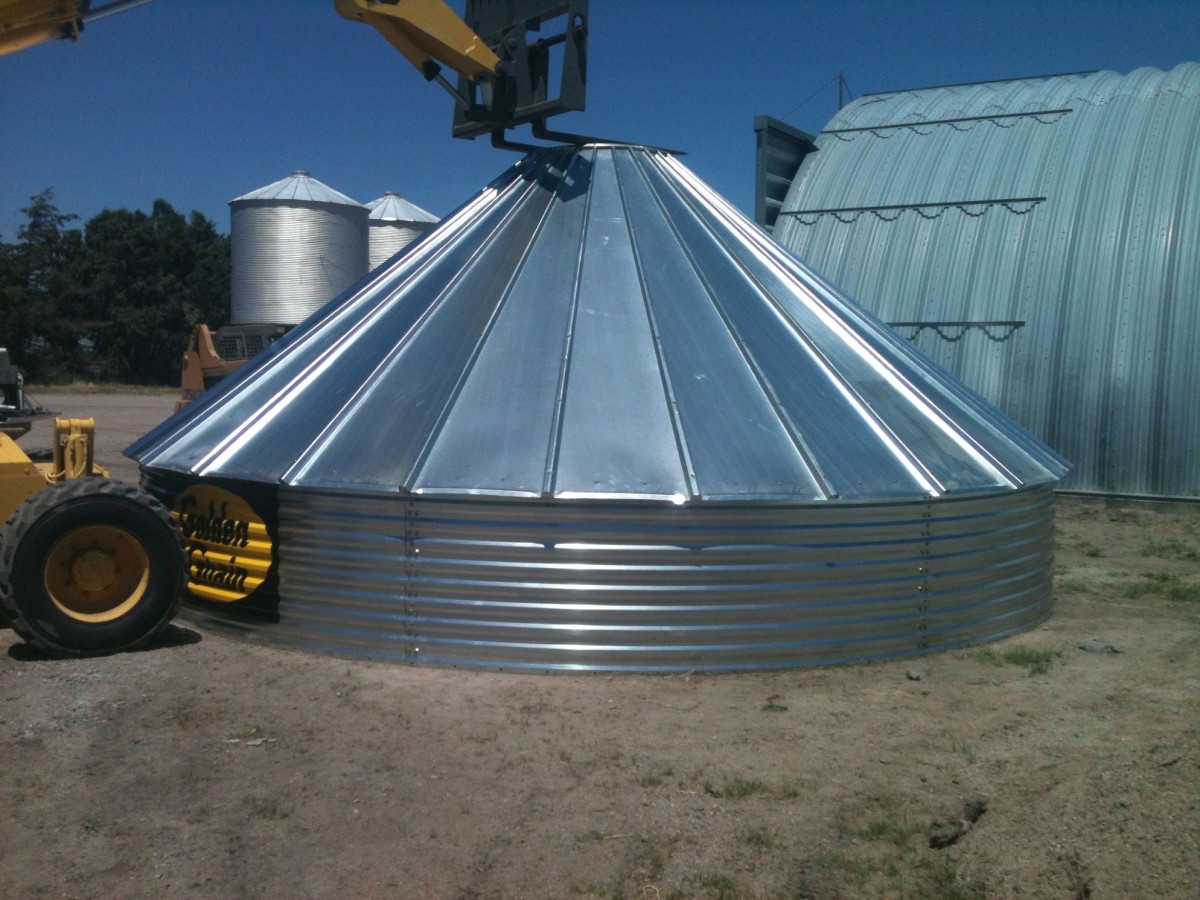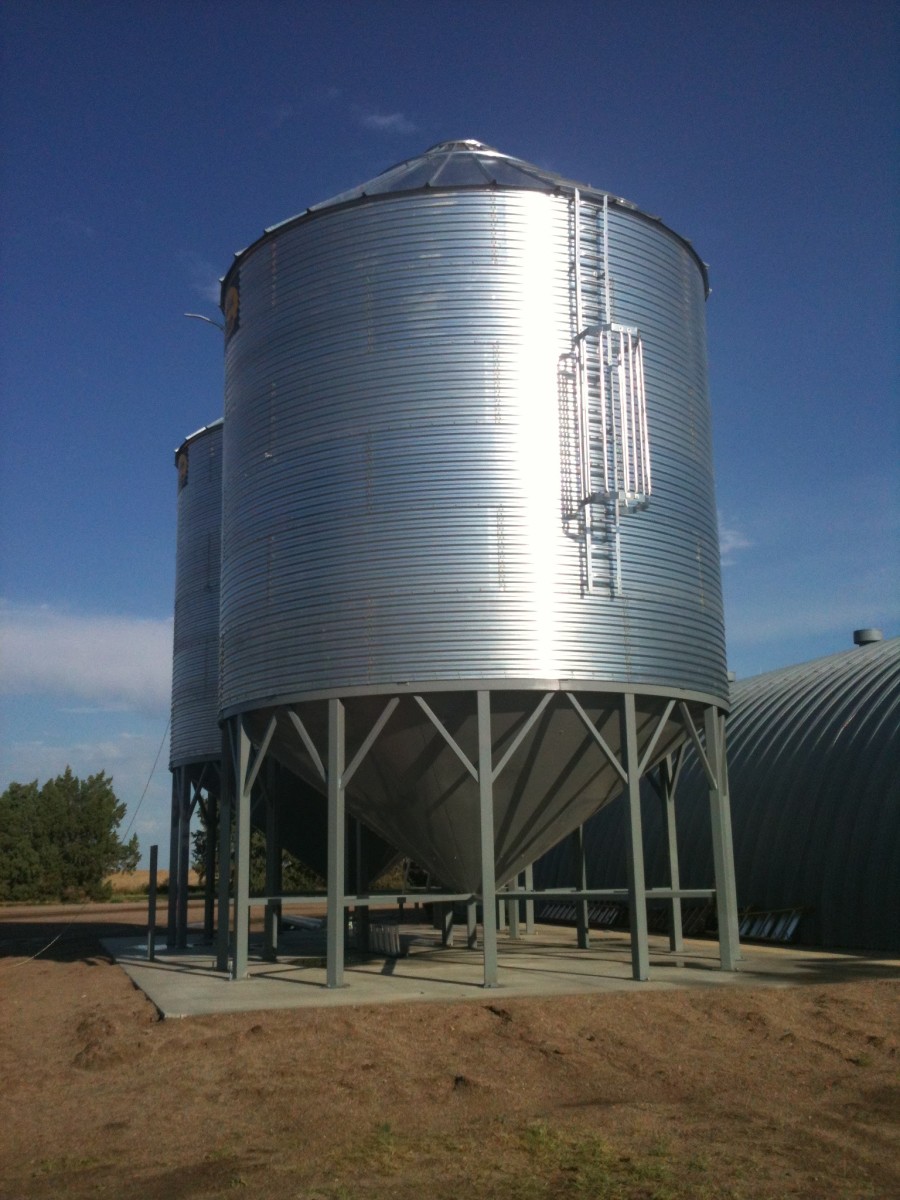Farmers Markets Provide Fresh Eats All Year
Farmers markets nationwide provide fresh homegrown produce
On the road to good eats
Whether its fresh fruits and vegetables or homemade jams, syrups and breads; farmers markets around the country provide a wide assortment of fresh and homemade eats practically throughout the year.
You can find many cities and towns with farmers markets permanently located while some small produce stands spring up alongside rural roads and highways depending on the season.
Some larger and very organized “markets” can be found off interstate highway junctions with major streets or highways. These “markets” usually have a wide assortment of eatables along with holiday and seasonal home or decoration items among other things. The “markets” are usually privately owned and do not have other vendors like the more public supported ones.
Depending on the area of the country and the season you can find a wide selection of locally grown fruits and vegetables. Remember, locally grown, is the key term for these markets and many of them that are connected with local governments, where shelters and land on which to sell are for use by farmers, are only permitted to sell produce they themselves have grown.
These regulations not only help the farmers and enable them to sell what they have grown but it also insures that the consumers will get the freshest and locally grown as opposed to food items from other parts of the country or from around the world which are available at most supermarkets.
Markets in the southern US include independent and private roadside stands located along county or state highways with larger ones at interstate/state highway intersections. The larger ones usually focus on the crop or crops of the owner – pecans, strawberries, watermelons, cantaloupes, peaches, oranges and other produce and when cold weather blows through they usually remain open and offer cookbooks, handmade furniture, nick-knacks, canned items , outdoor clothes and some items they have received from other locations around the country.
The smaller stands usually are open during prime growing months, are set up alongside the nearest roadway, and customers may be able to look behind to see fields of the very produce or fruit they are buying.
As an extra outlet for sales, the towns and cities have established assigned areas for farmers and growers to come in and bring their produce, set up tables or sell off tailgates on certain days of the week.
In the western part of the nation, these same or similar sales methods are practiced with the addition of swap meets where farmers and growers may come and set up a temporary area to sell along with the many other sellers with non-eatable items, clothing, furniture, electronics and most anything that can be sold.
Northern farmers and growers may focus more on permanent roadside businesses as weather can be a large factor. Local produce along with wide varieties of cheeses, pickled items, breads, and homemade canned items along with gifts and specialty clothing and household items may fill the shelves.
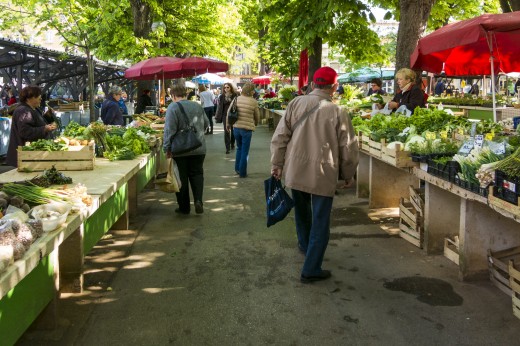
You can find a market near you
Nationally, the larger and permanent businesses offer eatable items all year but some may be from other parts of the country. And some of these businesses will ship items to consumers, especially those catering to traveling tourists who may not wish or have room to load their vehicles with oranges, apples or such.
Eastern farmers follow much the same sales routines as others and most small roadside stands open when local fruits and veggies are in-season.
Nationwide consumers will find good prices and many times the smaller stands will make deals and allow the buyer to take one or two items from a basket if they do not wish to buy the whole basket. Consumers may get good deals if some produce shows a slight blemish or has not sold well that day.
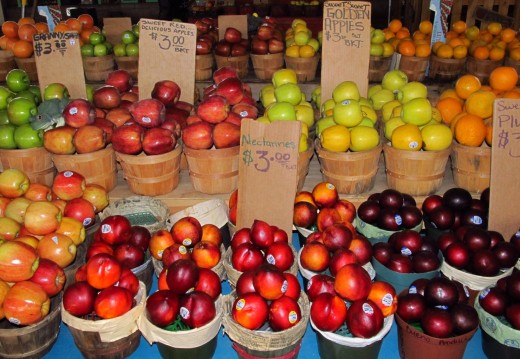
This content is accurate and true to the best of the author’s knowledge and is not meant to substitute for formal and individualized advice from a qualified professional.
© 2019 Wayne Ruple

